Hawthorn / Crataegus / is a genus of flowering plants of the Rosaceae family. The most common representative of this kind is hawthorn, known as common hawthorn and red hawthorn. It grows in dry and sunny places at altitudes up to 1500 meters above sea level.
It is found in woodlands, in thickets and around mountain pastures. It is most common in the temperate areas of West Asia, North Africa and Europe. Hawthorn is not picky about soil, but grows better in fertile and fresh soil.
Hawthorn is a low bushy tree that reaches heights of 16.5 ft - 46 ft (5 m - 14 m). It has highly branched thin twigs and a well-developed root system. The branches are glossy, and purple-brown. The leaves are simple, with a length of 1″ (2-4 cm).
Hawthorn's colors are white and pink, gathered in shield-like inflorescences. The fruits ripen in September - October. Once ripe, the fruits are dark red or orange, oblong, succulent and oval.
The herb has been used by healers since ancient times. We have data on its usage in the Roman Empire as early as the first century BC. Today, doctors and herbalists use hawthorn for prevention and treatment of cardiovascular problems.

Composition of hawthorn
Leaves of hawthorn contain flavonoids, tannins, essential fatty acids, triterpene carbon acids, purine derivatives. Hawthorn berries are rich in vitamins, pigments, tannins and flavonoids.
Collection and storage of hawthorn
Hawthorn can be easily found in mountains, forests and parks. The fruits are very useful, but their flowers are also not inferior in quality. The flowers and leaves of hawthorn are collected from May to June, during their initial blooming.
Hawthorn fruits are collected in late summer or early fall, when the fruits are very ripe, firm and red in color. Limp fruits should not be collected.
The extract of hawthorn can be purchased from pharmacies and specialized stores. It is an essential ingredient in supplements that strengthen heart and artery health.

Benefits of hawthorn
Hawthorn has a favorable effect on various diseases of the cardiovascular system, improves cardiac conditioning and has muscle strengthening properties. It reduces blood pressure levels, expands the coronary artery and vessels of the brain, improves the overall functions of the vascular walls.
Hawthorn is an herb that should be an integral part of the first aid kit of patients with heart problems. Unlike concoctions that exhaust the heart, not only does hawthorn not wear it out, it encourages the development of good circulation.
It helps with insomnia and enhanced functioning of the thyroid gland. Through experiments, it has been found that hawthorn extract lowers cholesterol levels in the blood, which makes it a great tool against atherosclerosis.
In general, use 300 to 600 mg of dry extract of hawthorn, three times daily. Studies have shown that the expression of the full effect of the herb requires therapy, the duration of which lasts about six months.
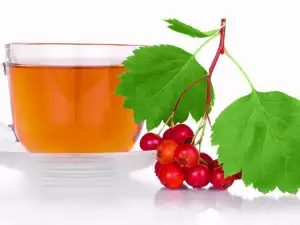
Traditional medicine with hawthorn
Hawthorn has long been used in folk medicine as a great tool against heart disease and chronic heart failure. It removes unpleasant sensations in the heart rate, reduces the risk of arrhythmia, improves blood flow to the brain and heart.
It helps expedite recovery after myocardial infarction, cardiac neurosis, mild hypertension, insomnia and nervous agitation, enlarged prostate, and more.
Infusions of its flowers are made by pouring 1 4/5 cups (450 ml) of boiling water over 2 tablespoons of its flowers and left to soak for at least 2 hours. Drink three times a day before meals, dosage is 2/3 cup (150 ml).
Preparation of the decoction requires: 1 tablespoon of the fruits, boiled for about 10 minutes on low heat. The decoction is strained and drunk three times daily before meals, in amounts of 2/3 cup (150 ml).
Dangers of hawthorn
Hawthorn extract is considered to be a completely safe herbal product that can be taken by healthy people without a medical prescription. Hawthorn has no side effects, but its adoption by people who suffer from heart problems should be coordinated with a doctor because of the unspecified interactions of hawthorn with medicine. Furthermore, the safety of hawthorn regarding pregnant women, children and nursing mothers is not well studied.


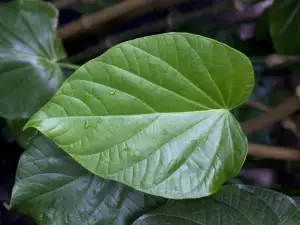
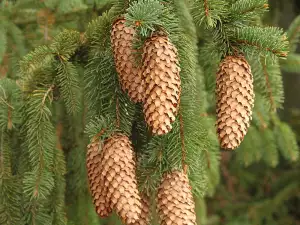
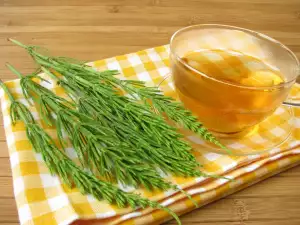
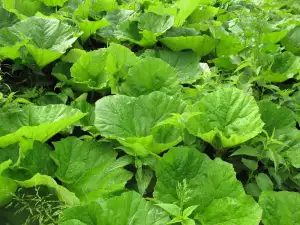
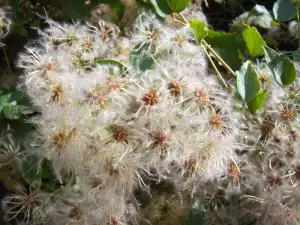







Comments